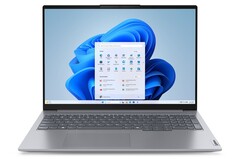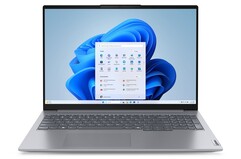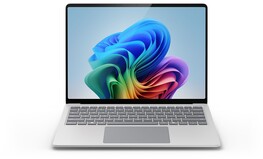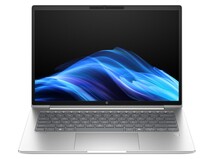AI Workloads: Real Local Intelligence
Real-time audio transcription, image and video enhancement, noise cancellation (for Teams or Zoom), and smart search functions run locally—no need to send sensitive business data to the cloud.
- The NPU handles up to 36 trillion operations per second (TOPS), up to 4× faster than prior generations. Office users can experience instant copilot interactions, AI summaries, and personalized workflow automation.
- Older CPUs like the i5-1135G7 must run AI through the CPU or GPU alone, leading to much slower performance in these applications and heavier battery drain.
Speed & Everyday Productivity
Core Ultra 200: Twice the core and thread count versus the i5-1135G7: up to 8 cores (hybrid performance + efficiency) vs. 4 on Tiger Lake, up to 4.8GHz boost. Benchmarks report 50% higher single-core and 80% higher multi-threaded performance. PCIe 5.0 and memory bandwidth are also much higher, supporting faster data, heavier multitasking, and new AI features in apps like Microsoft Office and Adobe Creative Cloud.
i5-1135G7: Good for basic office tasks, but single-thread and multi-thread performance lags behind, especially for multitasking, large spreadsheets, and AI-driven document automation.
Battery Life: Real Endurance for Hybrid Working
Core Ultra 200: Built for efficiency (3nm manufacturing, smarter hybrid architecture). Expect:
- Up to 20 hours battery life for office use (email, Teams calls, browsing); up to 50% reduction in package power compared to older chips.
- More tasks run on energy-efficient E-cores or the NPU, so background apps, copilot features, and AI tasks don’t eat up battery.
- This means hybrid or remote work—is practical across a full business day, even for demanding business scenarios.
i5-1135G7: Older 10nm architecture. Typically, 6-10 hours battery life under load; less efficient at running multiple apps or background AI, leading to faster drain and more charging.
i5-1135G7: Older 10nm architecture. Typically, 6-10 hours battery life under load; less efficient at running multiple apps or background AI, leading to faster drain and more charging.
Extra Functions & Business Benefits
Intel Core Ultra 200:
- Thunderbolt 4/5, WiFi 7 for seamless high-speed wireless docking and monitor setups.
- Hardware security: Enhanced endpoint protection (vPro, Pluton, hardware-based ransomware detection), ideal for MKB and business IT environments.
- Support for AI-enhanced apps: Over 500 business, office, and creative apps now leverage the NPU—think next-gen Copilot, real-time translation, automated meeting notes, image recognition, and more.
5-1135G7: Limited to previous-generation connectivity, basic security, and can’t run local AI features natively, relying on cloud or slower CPU/GPU emulation.
Why Upgrade? Key Takeaways
- Performance: Substantially faster for classic and AI tasks; more responsive for business workflows.
- Efficiency: All-day battery life; cooler and quieter operation.
- Security: Hardware-level threat detection; futureproof for local AI compliance and data governance.
- Functionality: Unlocks features and apps not possible on older CPUs; better suited for modern workplace trends
Which business laptop should you buy?
- Lenovo ThinkBook 16 G8 delivers the best value for money, offering strong specifications at an attractive price point – though it lacks the premium finish some executives may expect.
- Microsoft Surface Laptop 7 For those chasing style over savings, stands out with its sleek, high-end design, but its steep price tag is hard to ignore. Striking the right balance.
- Dell Pro feels overpriced and, design looks like it borrowed too heavily from Microsoft Surface and HP’s Probook.
- HP ProBook G1i 16-inch emerges as the overall winner, blending performance, build quality, and cost-effectiveness.

















